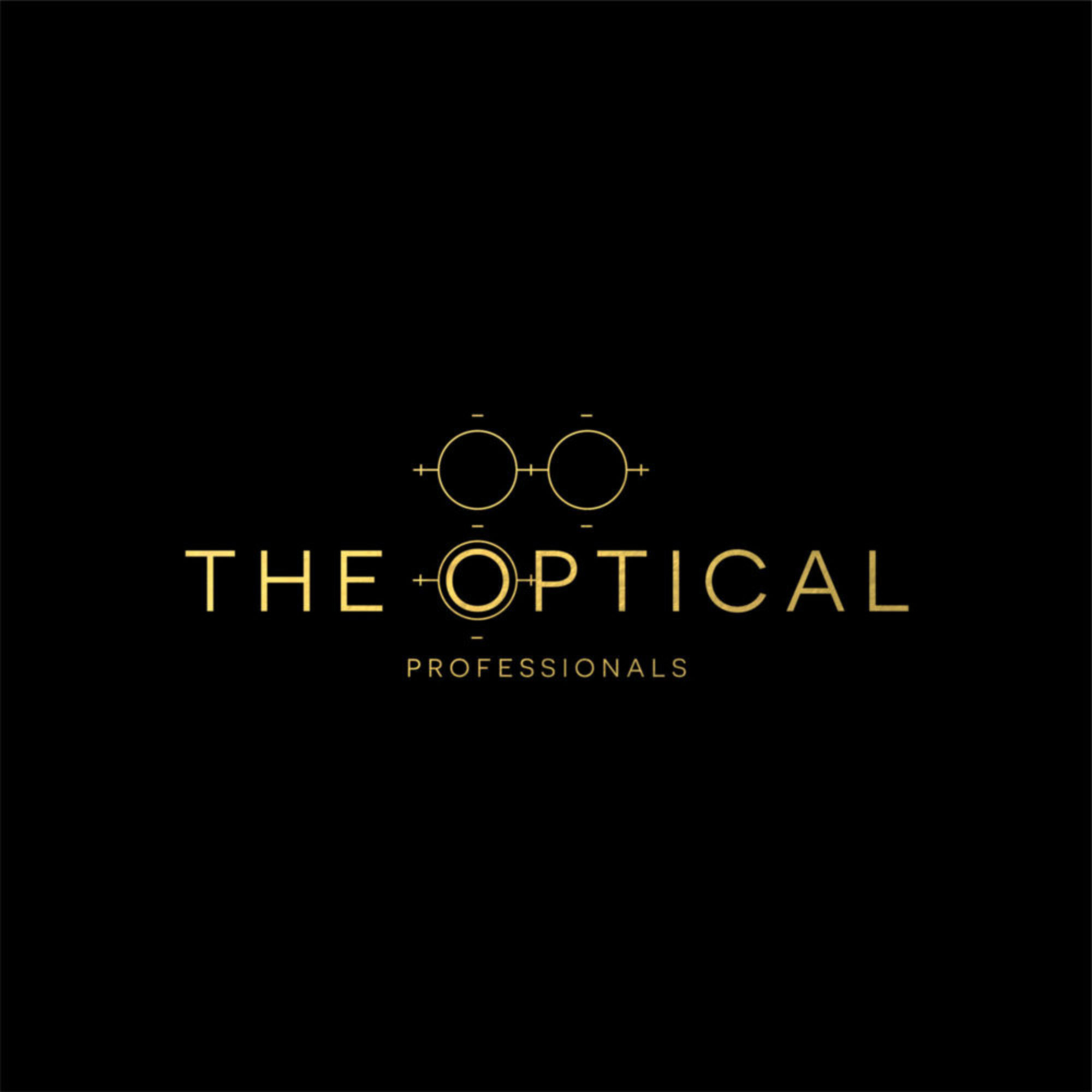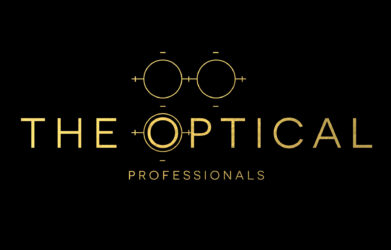So, we’ve all heard or said something about eyewear that may not be quite so accurate and we may not know exactly where it came from. There are things that seem to just “Stick” in our memory without any real knowledge of whether or not it’s true; but it SOUNDS plausible.
In this post, we’ll explore a few of these items and give some insight on the truth behind some of the “Optical Myths”.
So, let’s uncover some optical items that are widely spoken about but may not be completely accurate;
“Wearing my prescription eyeglasses are making my vision worse”
“This is one of the most common myths we encounter. As we age, our vision normally changes as our natural lens inside our eye changes and your vision can get worse on its own. Glasses are not contributing to any degeneration of your eyesight. Glasses refract your vision by simply adjusting the direction of light onto your retina. Your vision may appear “worse” after wearing the glasses, but that’s only because your perception is changing now that you are getting used to seeing things more clearly.” – Dr. Dana Gampel, O.D.
“The medicine in my lenses aren’t strong enough”
“Glasses don’t actually have “medicine” in them. The lenses inside your spectacles are shaped in a way that bends light entering your eye to focus it directly on your retina. This is how it creates a clear image for your brain to process.” -Dr. Dana Gampel, O.D.
As well as prescription glasses not having “medicine” in them, it’s important to note that the discomfort or ineffectiveness you may be experiencing with your eyewear may simply be the need for a new prescription. Consult your local Optometrist or a trusted Licensed Optician to schedule a comprehensive eye exam at your earliest convenience.
“Why can’t I just get over-the-counter distance glasses?”
“Over the Counter distance glasses may not correct your vision to the extent needed. These glasses will not correct for myopia and do not include any correction for astigmatism. Also, these glasses cannot accommodate for those who have a different prescription for each eye.” -Dr. Dana Gampel, O.D.
Over the Counter glasses are basically used for those that need reading glasses, helping them read or see smaller items up close. There are a few common names for over-the-counter glasses, such as “cheater readers”, “readers”, and “magnifiers” just to name a few.
As always, “To look and see your best, a Licensed Optician is your Vision Expert”. Contact your Eye Doctor or a trusted Licensed Optician for more information about eye exams and overall eye health.


